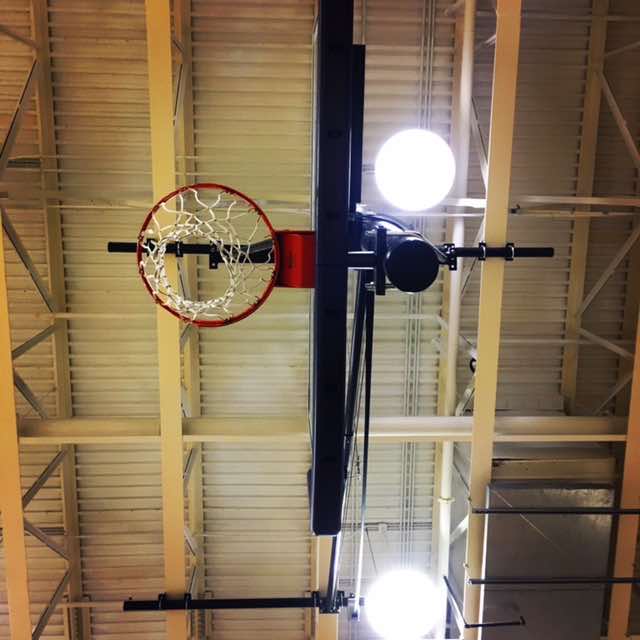I live in South Florida and the news of a Category 4 storm coming through my backyard was a major concern. I’ve experienced more than five hurricanes and have learned that preparation plays a key role in your safety. And I’m glad to report that I was safe during Irma and that I’ve suffered minimal damage.
Here are things to keep in mind for your emergency plan:
Time Speeds Up
You likely have a big to-do list of activities. Expect things to take at least 25% longer than you expect. When Irma’s projected path became a potential concern, I immediately stocked up on food and gasoline. I wasn’t alone, as crowds at the grocery store were approaching busy holiday levels. A five minute trip became a 20 minute outing.
The longer you wait to get these supplies, the longer it will take to buy them, as demand will increase exponentially.
Expect the same thing to happen as you’re packing up an office before a storm. Unhooking equipment, moving important items, and updating your external messaging will take longer than you expect.
At some point you’ll need to decide when your business shifts from a customer focus to a emergency preparation mode.
Discomfort Is Temporary
The potential destructive impact of a Category 4 hurricane made me realize that my home might not survive the storm. Leaving the state by air wasn’t possible as outgoing flights were booked or cancelled. Driving out of Florida was risky as the highways were flooded with cars, more than doubling travel time, and there was no guarantee that you’d be able to get more fuel before you’d reach your destination.
Going to a county shelter was my best option. It wasn’t going to be comfortable spending three days in a high school gym with hundreds of people. But it was the safest option. Discomfort is temporary and the benefits of surviving the storm would last a long time.
In your business, do you put off certain tasks because they are uncomfortable, even if they will produce positive results down the road?
Fast Isn’t Always Best For Your Emergency Plan
Before and after a major storm, people become preoccupied. As a result, their driving suffers. The roads become filled with people who are rushing and unexpected traffic hazards emerge, like cars spilling onto the streets, waiting to get into gas stations.
This made me limit my driving before the storm. When I needed to pick up a few more supplies, the day before the weather started to get nasty, I decided to walk to the store rather than drive.
While it takes longer to walk a mile than drive one, I reduced my risk of a traffic accident. Also, by having to carry my purchases, I’d buy what I needed, rather than everything in sight (like comfort food and candy).
On the job, you may embrace tasks that can be quickly completed. But does fast work in every situation? Sometimes, with budgets and other review processes, a slower approach is better.
Do You Have Too Much Stuff?
As I prepared to leave my home for the shelter, I picked a few items to put into the safest part of my home. It’s challenging to decide what you would want to potentially survive if everything else in your home was destroyed by the storm.
During this process, you realize that you don’t need a lot of your possessions. In the weeks following Hurricane Irma, I’ll probably throw out some of them. They’ve served their purpose and it’s okay to say goodbye.
In your business, do you hold onto things for sentimental reasons, rather than practical ones? Just because your drawers and cabinets are large, doesn’t mean they should be full.
Final Thought on Your Emergency Plan
Your emergency plan needs to support an orderly response to unpredictable event.
Want to Become More Productive? Check out these Articles:
- What’s Your Emergency Plan?
- Fear of Change or Fear of Progress?
- Vacation Frustration: When Work Invades Your Time Off
- How to Fix a Broken Process
- Do You Know How to Give Feedback?






